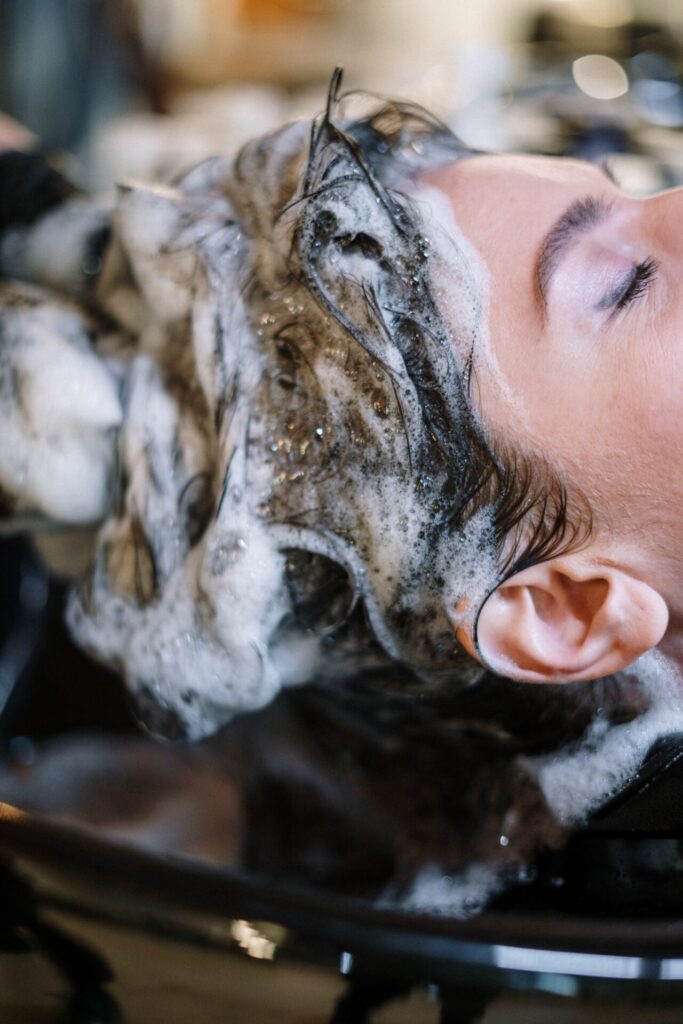Is Leave In Conditioner Good For Hair?
To Leave In or Rinse Out? Getting to the Bottom of Conditioner Claims
Leave-in conditioners promise effortless hydration and silkiness between washes. But conflicting theories abound on whether these nurturing treatments help or potentially harm hair health. Let's comb through the evidence on both sides to reach the bottom of this debate.
The Case for Leaving it In

Leave-in advocates cite benefits like moisture retention, frizz control, and heat protection that traditional conditioners washed away can't provide. Reasons to work leave-in products into your routine include:
Extended hydration - Leave-ins continue nourishing hair long after rinsing out regular conditioner. Humectants like glycerin attract atmospheric moisture. Oils seal it in. This prolongs hydration between washes.
Detangling & frizz smoothing - Ingredients like cetrimonium chloride coat the cuticle to reduce friction and puffiness. Hair combs out with less breakage and dries sleeker.
Thermal protection - Leave-ins shield vulnerable hair from hot tools. Barrier ingredients absorb damage so locks stay strong.
UV protection - Some leave-ins contain sunscreen-like components that guard against fading from sunlight.
Lightweight formulas - Unlike old-school creams, today's leave-ins absorb without residue or weight. They provide lasting softness without greasiness on finer hair.
The Case Against

However, some hair experts argue traditional conditioner is sufficient while leave-ins potentially cause issues like:
Product buildup - Ingredients like silicones and waxes coat hair over time. This causes dullness and prevents moisture from penetrating.
Limp, lifeless hair - The long-term smoothing effects can make hair fall flat. Without a "reset wash" it loses volume at the roots over time.
Itchiness & scalp issues - Thicker formulas may irritate sensitive skin and clog follicles if applied too close to the scalp.
Ingredient concerns - Some natural advocates want to avoid certain synthetic chemicals frequently found in leave-ins.
Masking damage - While leave-ins temporarily mask damage, some argue only deep conditioning repairs it fully. Relying on leave-ins alone may delay recovery.
Environmental impact - Like dry shampoo, leave-ins add to packaging waste and use of plastics in beauty.
The Verdict?
In the end, moderation and strategic use may optimise results. Lightly applying leave-in only from mid-shaft down as needed allows reaping benefits while minimising cons. Regular clarifying washes ensure buildup never sets in.
Like most tools, leave-ins serve a helpful purpose for some hair types and styles in judicious amounts. Blanket rejecting them ignores potential usefulness. But over-reliance or misuse also brings risks. With mindful, sparse application as-needed, leave-ins can enhance luster and manageability.
Evaluate your unique hair profile and lifestyle to determine if leave-in conditioners constitute a nourishing friend or potential foe. While no consensus exists on ideal usage, strategic deployment allows harnessing helpful properties while avoiding pitfalls. Handle with care and let your locks be the judge!
